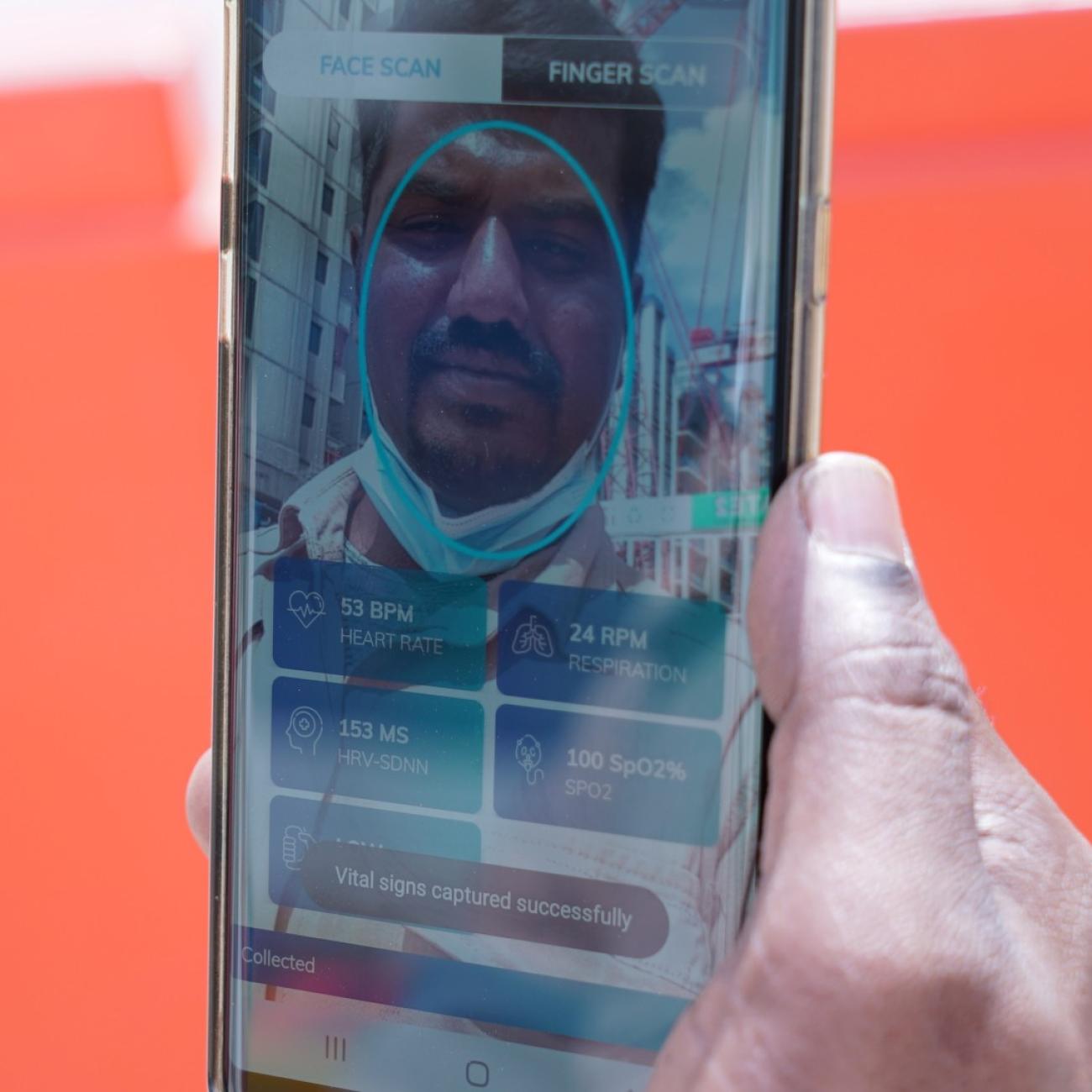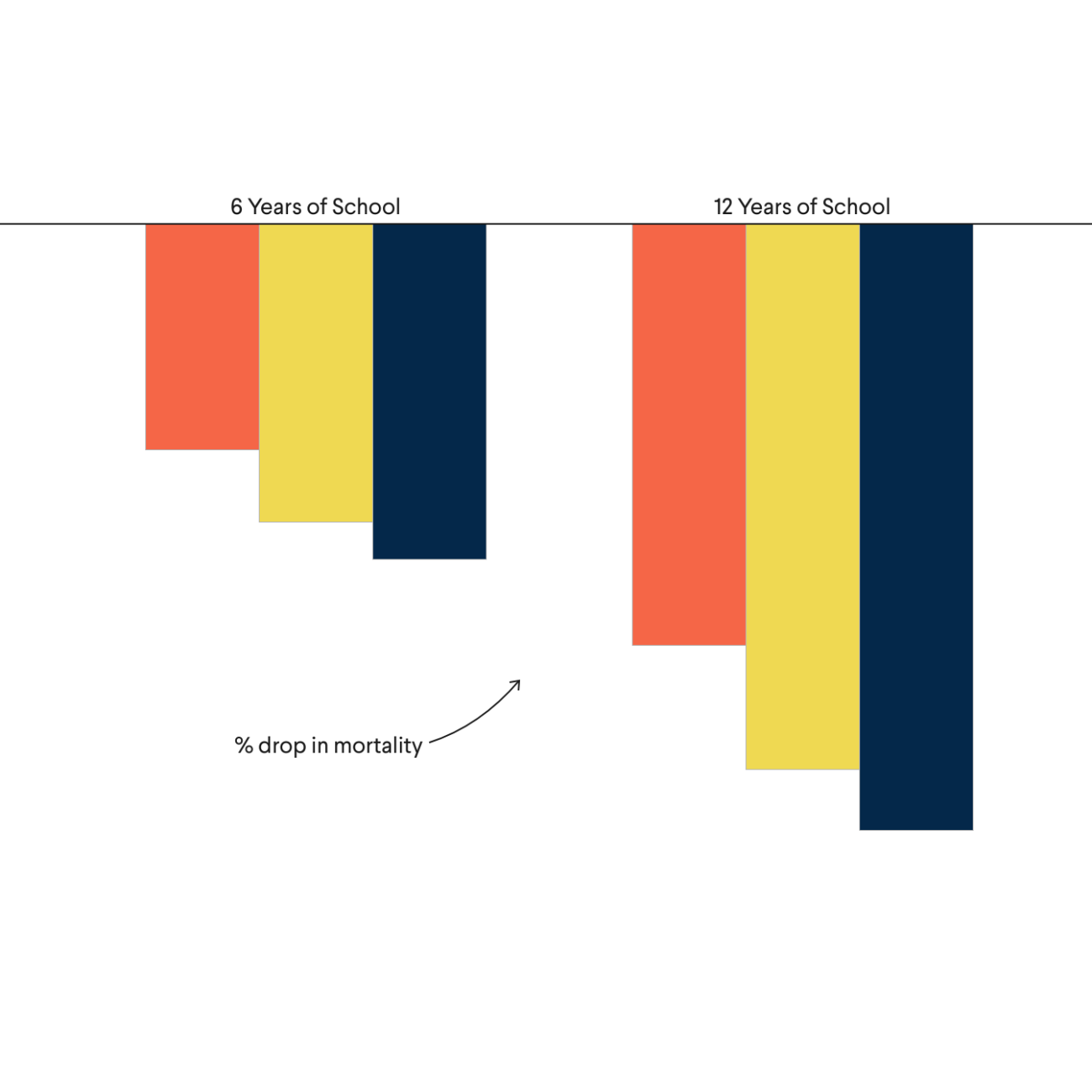In March 2024, researchers, policymakers, and other experts from more than 40 countries gathered in India to chart a road map for the World Health Organization (WHO) Global Traditional Medicine Center.
This initiative aims to bring together knowledge about the world's many traditional medicine systems and apply that knowledge toward improving global health and sustainable development. The meeting built on the success of the inaugural WHO Traditional Medicine Global Summit, held in August 2023, also in India, which culminated in the first WHO declaration focused on traditional medicine.
For Kenji Watanabe, a traditional medicine practitioner in Japan, the two meetings also signaled a gratifying personal victory—one he has been working toward since 2005.
Watanabe studied Western medicine at Keio University in Tokyo and then moved to Stanford University to conduct postdoctoral research in immunology. But he always knew his interest was primarily in kampo, a type of traditional herbal medicine practiced in Japan. After Watanabe returned to Japan from the United States, he undertook additional training to learn kampo. He became a professor at Keio University and director of its Center for Kampo Medicine.
In 2005, Watanabe began chairing the traditional medicine unit of the World Health Organization's International Classification of Diseases (ICD), a global medical platform that provides health reporting on the causes, extent, and consequences of death and disease. In 2022, Watanabe's efforts resulted in the inclusion of East Asian traditional medicine in the ICD—a first for traditional medicine since the platform's creation more than 10 years ago. This moment was a major victory for ensuring international public health efforts take more than a limited Western perspective on medicine and disease into account.
Watanabe retired from his professorship in 2023 but as the director of Otsuka Kampo Clinic in Tokyo continues to see patients. He is also an advisor to the president of the Yokohama University School of Pharmacy.
□ □ □ □ □ □ □ □ □ □ □ □ □ □ □
Think Global Health: You've built a career around researching and administering kampo. Can you tell me more about this system of traditional medicine?
Kenji Watanabe: Kampo originated about 2,000 years ago. It came from China and was transmitted to Japan in the fifth century. Since then, it has become distinctly Japanese. The definition of traditional medicine by the WHO is medicine that developed uniquely in a particular region, so we should respect regional differences.
Think Global Health: Are the herbs that are used in China and Japan the same?
Kenji Watanabe: Some are indigenous to Japan, but most come from China because we follow the old Chinese textbook. Today, about 80% of the herbs used in kampo are imported into Japan from China. This wasn't always the case, however. Diplomatic interactions between China and Japan only resumed in 1972. Before that, we didn't have an official relationship. Fewer types of herbs were available.
Think Global Health: Does kampo use any specific methods that are different from other healing modalities in East Asia?
Kenji Watanabe: One characteristic of kampo is fukushin, or abdominal diagnosis.
Sometimes Korean or Chinese medical professionals come to Japan to study this. It's unique to kampo, its history dating back to the early fifteenth century. It's a useful method for making a diagnosis and helping with treatment decisions. For example, several articles show efficacy for long COVID. Abdominal pulsations detected through fukushin can help determine the quality of the vagus system.
Think Global Health: How does the philosophy behind kampo's approach differ from that of Western medicine?
Kenji Watanabe: When I was an endocrinologist, I saw patients who had diabetes and thyroid diseases. I didn't see patients, though, who had knee joint pain or headaches. Western medicine is specialized, and doctors sometimes see patients not as individuals but as their disease. I think that's a big problem in the modern Western medical system.
Kampo, on the other hand, is a holistic medical system to treat the entire patient. It's a one-stop system. The patients I see are variable. They might have cancer, vertigo, gastric problems, or autoimmune or neurodegenerative diseases. Sometimes it's not possible to provide cures, but we can provide care for patients while they receive other treatments, including from Western medicine.
In Japan, we have a well-developed integration between traditional kampo medicine and Western medicine. Unlike China or Korea, we have only one medical license. So nearly 90% of physicians overall in Japan use kampo.
Think Global Health: Have you conducted any research on kampo through a Western scientific lens, or any other type of lens?
Kenji Watanabe: Actually, the measurements are always Western because it's established and authorized. Articles about kampo accessible on PubMed, many of which show efficacious results, number in the thousands.
For example, I ran a five-year, open-label study testing the use of goshajinkigan, a formula composed of various herbs, to treat complications from type 2 diabetes mellitus. Numbness and new neuronal complications were lower in the treatment group, but we found no difference between the groups for kidney disease or retinal damage. So, some results were good, but some were not. That's usual for these studies.
More important than any specific treatment is the ancient idea behind many traditional medicine systems of humans and nature living together
Think Global Health: Can you tell me about your efforts to include kampo and other forms of traditional medicine in the WHO ICD?
Kenji Watanabe: The ICD started around 1900 as a worldwide health reporting system. At that time, though, the word "world" meant only European and other Western countries. All of the thinking was European centered, so the classification system didn't take traditional medicine into account at all.
That started to change in 2005. It was a long, long journey. First, the West Pacific Regional Office of WHO in Manila, which includes 37 member states in the area, began a project trying to classify traditional medicine diagnoses. I was appointed as a chairman of that project.
In 2009, the project was taken over by WHO headquarters in Geneva. Later that year, WHO set up a meeting in Hong Kong and invited experts of all kinds of traditional medicine modalities from around the world to discuss the subject. In 2010, WHO officially set the goal of including Asian traditional medicine in the ICD, and I was nominated as co-chair of the project.
From the beginning, we faced two big challenges. First, some Western medical specialists and government officials didn't like traditional medicine. They viewed it as something like a myth, not as science or medicine. These conservative people strongly opposed including a traditional medicine chapter in the ICD. It was not only my efforts that helped overcome this, but also WHO's efforts as a whole. WHO officers were quite keen to include traditional medicine in the ICD and persuaded the detractors to comply.
The second challenge was harmonizing the philosophies and different prescriptions and vocabularies from China, Korea, and Japan to create the ICD chapter. These respective medical modalities are about 90% similar. The challenge was how to agree on the 10% of difference. In the discussions, China, of course, wanted to dominate, and Korea also tried to emphasize that their medicine is the best. In one important meeting, though, I told everyone, "Yes, we can fight over these 10% differences. But at the same time, we will lose a big chance to be included in mainstream medicine."
They listened and we became a good team. This was in part thanks to several rules we set in the beginning. The first was that we fixed the roster of members, because if new members came in from government, for example, they would immediately want to dominate with their opinions. The second was that we should decide our core principles first and discuss the details after that. The third was that once something was decided, we'd never come back to it. Otherwise, the same discussions would be repeated over and over.
East Asian traditional medicine was finally introduced to the eleventh version of the ICD, which came into effect in 2022. Even very recently, no one imagined that traditional medicine would ever be included in the ICD. So I was especially proud and happy.
Think Global Health: Besides the personal satisfaction of seeing this goal through, why was this such a significant victory?
Kenji Watanabe: Traditional medicine cannot be ignored. More important than any specific treatment is the ancient idea behind many traditional medicine systems of humans and nature living together. We should relearn that wisdom now. Otherwise, we stand to lose a lot in the future.


